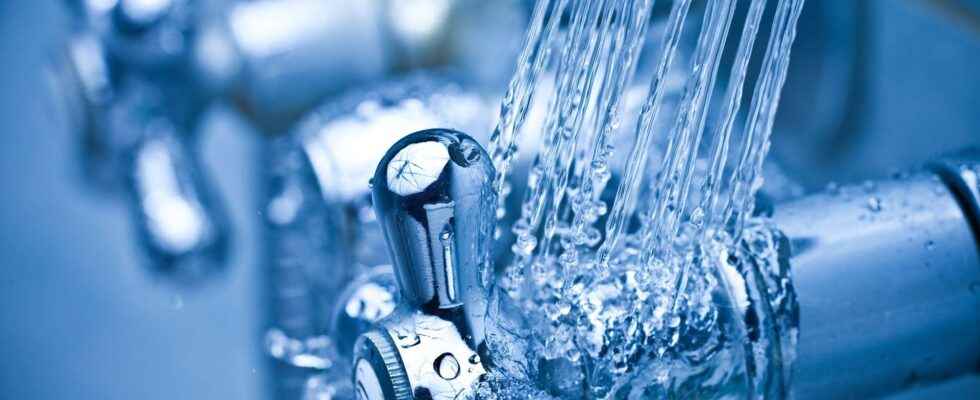According to INSEE, a French household of 2.5 people consumes an average of 329 liters of water per day, or about 120 cubic meters of water per year. These impressive figures clearly show that the daily use of water is obviously essential! The use of a water softener in a home therefore seems appropriate on a daily basis.
You will also be interested
[EN VIDÉO] An incredible process for transporting fresh water by sea Some regions of our planet have a lot of fresh water while others lack it. To overcome this problem, Spanish researchers have developed a strange solution: a pocket allowing water to be transported easily and efficiently by sea. Discover it thanks to the Euronews channel, in this new episode of Futuris.
A water softener is a device that allows a household to obtain a pure water devoid of limestone and of tartar. Its installation preserves the pipes and equipment that operate with tap water. Softer, the water is also of much better quality for the skin.
Which water softener to choose and for what use?
A salt water softener improves the TH (hydrotimetric titer) water so that it is soft. It is often installed in areas with hard water. To know the hardness of water and therefore its calcium and in magnesium which will eventually generate limestone and tartar, there are different methods:
- consult their water bill;
- use water TH analysis kits;
- question the town hall of the municipality concerned.
Before choosing a type of softener, it is essential to take into account water hardness and household consumption. Indeed, the capacity of a water softener is expressed in liters. For example, for a family of four, water between 20 and 25 TH will require a 10 liter device. If the hardness is between 40 and 45 TH, it will be advisable to install a 22 liter softener.
Are there several types of water softeners?
There are two main types of softeners on the market: the water softener with salt (the most common) and the water softener without salt. The water softener with salt works on the principle of exchange ofions thanks to a resin. The one without salt acts with an electromagnetic operation, it is more ecological because it does not have resin, which is difficult to recycle.
How does a softener work?
This type of device is installed upstream of the taps. A salt-free softener has a carboy that contains resin beads loaded with ions in sodium. When tap water reaches the softener, the ions responsible for the scale (calcium + magnesium) will “drive” the sodium ions from the resin beads. The latter play a role ofion exchanger by fixing calcium and magnesium, turning hard water into fresh water.
A so-called regeneration step follows to allow the resin beads then saturated to be charged again with sodium ions. This phase, automatic since it is programmed, does not normally allow the device to deliver treated water. But the vast majority of models are equipped with a bypass automatic to avoid depriving users of the house!
A salt-free softener will aim to change the polarity of the calcium and magnesium ions. They will therefore not be removed and the TH of the water will remain the same, but they will generate less deposition. The salt-free water softener will moreover rather play an anti-limescale or anti-scale role.
Interested in what you just read?
.
fs10
